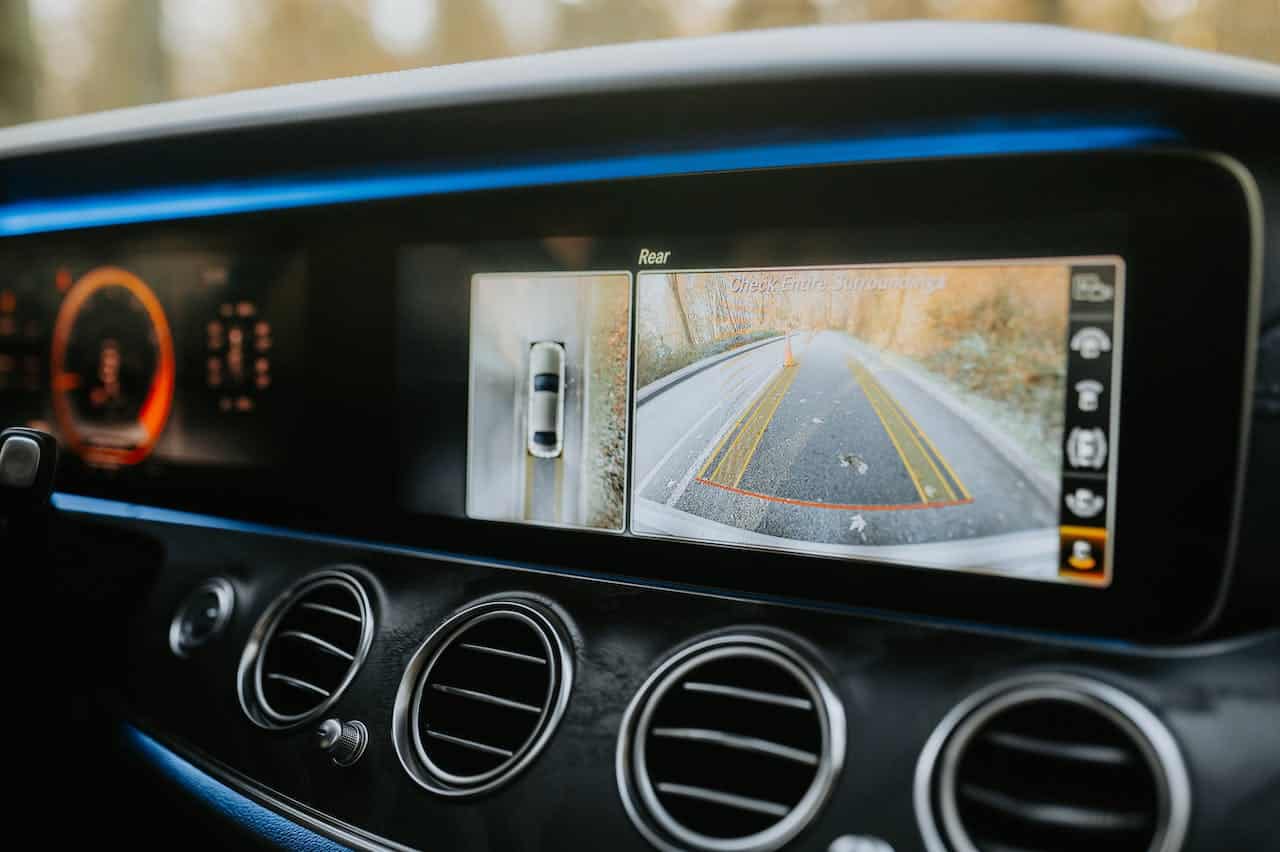The automotive industry has experienced an incredible advancement in technology over the years. Many of those advances aim to address unsafe driving behaviors that lead to accidents. While no technology is completely foolproof, the systems that are being implemented go the extra mile to keep everyone safer on the roads.
Some of these safety features can prevent car accidents from occurring while others reduce potential injuries. The technological developments in the auto industry have come a long way, and while there is still a long road ahead, you may feel safer in a newer vehicle that uses these technological advancements.
What Types of Safety Technology Are in Today’s Automobiles?
As new technology is introduced, vehicles become safer each model year. Here are the top technologies you’ll find in today’s vehicles that are designed to help prevent car crashes:
Autonomous Emergency Braking (AEB)
This safety feature automatically applies the brakes when you may have no other way to avoid another vehicle or object. It can help reduce the severity of an accident, and may even prevent you from getting into one.
Blind Spot Detection
Sensors and cameras will alert you when there is a vehicle in your blind spot. It’s a handy tool that can help prevent lane change or merging accidents. While you should always check your blind spots, blind spot detection can alert you if you’ve missed a vehicle or motorcycle lurking where you can’t see them.
Lane Departure Warning
The lane departure warning will alert you if you are drifting out of your lane. This technology was developed to prevent distractions from causing accidents. It can also help drowsy drivers to stay in their lanes.
Electronic Stability Control (ECS)
You may not be able to control your environment but ECS can help you maintain control of your vehicle even when the roads are icy or wet. ECS works by reducing the engine power and applying the brakes, helping prevent serious car accidents.
Adaptive Headlights
Adaptive headlight technology adjusts automatically to the road ahead. This gives you improved visibility and reduces glare to other drivers.
Backup Cameras
Backup or rearview cameras are a great safety feature for when you are backing out of a parking spot or your driveway. These cameras engage when you shift into reverse, allowing you to see a video of what is behind your car. This technology has helped save many lives by showing the areas that can’t be seen by rear-view mirrors, helping to avoid small children and animals, or being able to see around larger vehicles.
Forward Collision Warning Systems
Forward collision warning systems help you estimate the distance between your vehicle and the car in front of you. If you are too close, it automatically reduces your speed to prevent a crash.
What to Know About New Vehicle Safety Technology
It’s an exciting time with these new innovations making their way into many vehicles. However, even with these integrations, you must still be vigilant to avoid an accident. Some people may have older vehicles that do not have these safety features. These systems could also fail and result in a crash.
If you have been in a car accident, it is important that you speak with an attorney to discuss your circumstances and see if technology or a lack of it was the cause of your wreck. Lawyers who work on car accident cases will understand the latest advancements in the automotive industry and be able to determine if it was a factor in your situation.




